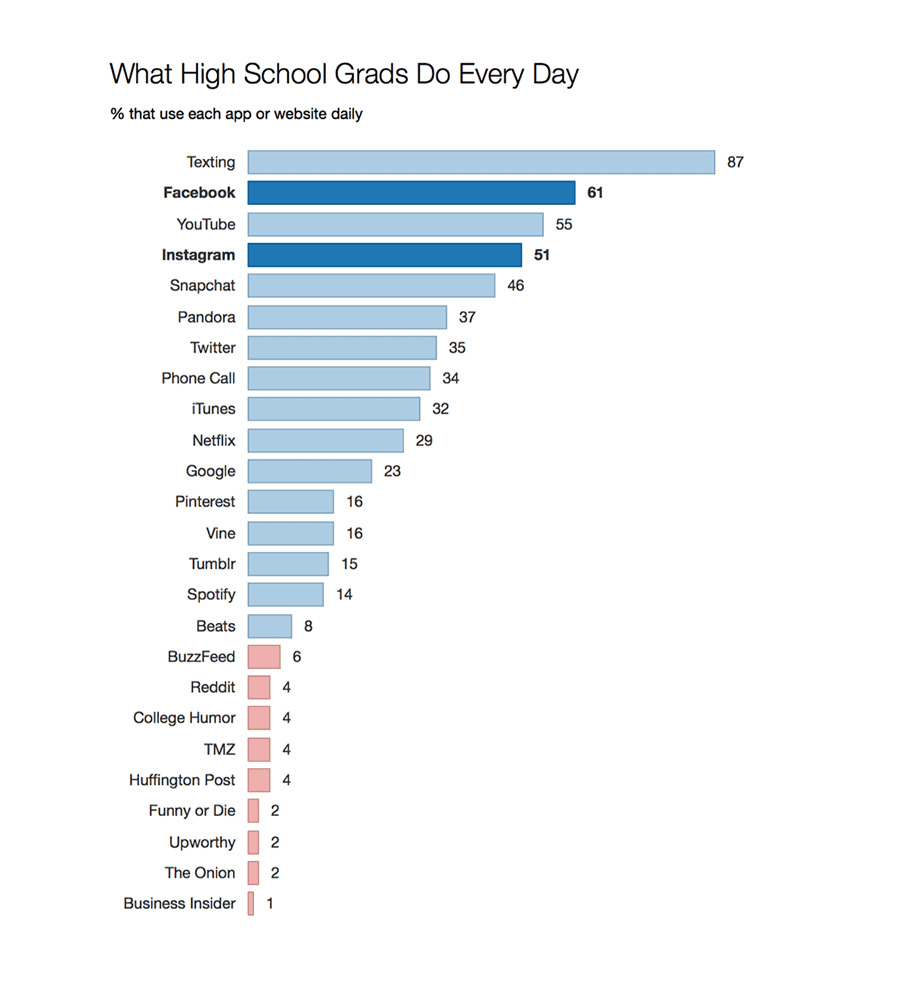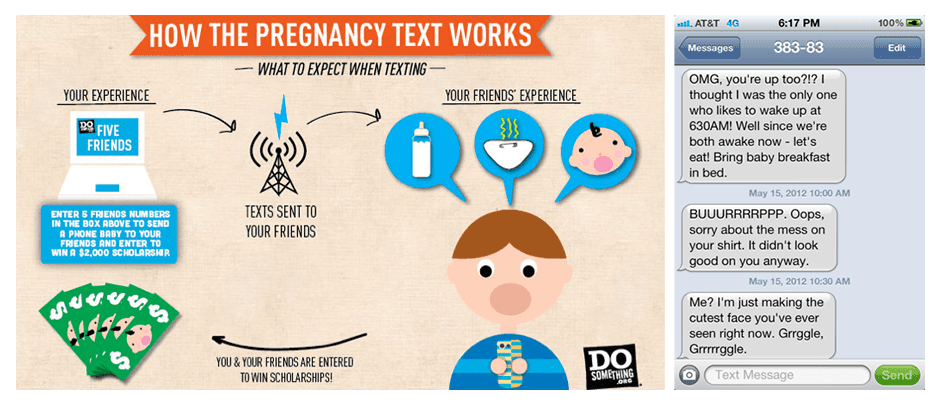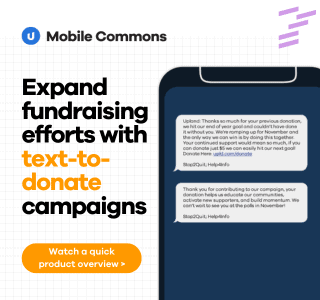If you are a teen, you use SMS more than Facebook, Youtube, Instagram, Snapchat, Pandora and Twitter. You use it more than any other social network. SMS dominates your social life.
That’s why companies using SMS can put teens in the palm of their hands.

Source: Niche
Day-to-day, 52% more teenagers text than browse Twitter. For marketers, this means that they can reach up to 52% more millennial customers by implementing SMS as opposed to a tweet-based campaign. Simply put, marketers an SMS campaign increases marketing reach more than any other social media channel.
To understand SMS’s success, think of it as the mp3 of communication. While mp3 audio and SMS messaging may not offer the same bells and whistles of other formats, they provide unbeatable simplicity and universality.
Fortunately, marketers are taking advantage of SMS today. Below are just two examples of SMS campaigns that produced tremendous results.
Moreover, it’s important to note that these campaigns aren’t reinventing the wheel. They are successful because they draw on one key ingredient: the widespread reach of SMS and its ability to produce results.
1. National Cancer Institute reaches more teens with helpful SMS reminders

By reminding teenagers via SMS to stay smoke free, the National Cancer Institute (“NCI”) doubled its average quit rate from 3% to 6%. As the campaign becomes more data driven, personalized and multi-channel, the quit rate will only continue to increase. SMS has proven to be the most effective channel for changing customer behavior.
To be specific, the National Cancer Institute illustrates two key best practices for effective SMS Marketing:
- Content: NCI texts teens phrases containing the second person “you”, i.e. succinct and encouraging language. “You” establishes comfort and mimics communication teens might see from their friends. Brevity is crucial because teenagers won’t read long texts (unless given an extremely compelling incentive). Encouragement works given the personal nature of a mobile device. Marketers looking to improve the language of SMS Marketing should use A/B splits to analyze the effectiveness of several content types to reveal the messaging that produces the highest yield.
- Interactivity: The campaign asks for a response, which provides an avenue for conversation. First, the teen becomes more engaged, as s/he receives more reminders to stay smoke free. Second, the different options add personalization to tailor messaging to the teenager’s current state of mind.
Imagine yourself as a teen who hears a ringtone the moment you are about to buy a cigarette. You open the text, and read the encouraging words. Reminded of your progress and your drive to quit smoking, you leave the gas station and walk home.
Thanks to SMS, this hypothetical situation has become, well, not hypothetical. Texting is so powerful because it allows marketers to reach teenagers at the right place, at the right time. 80% of Americans carry their phone with them 22 hours a day. SMS open rates exceed 99%. More than any other channel, SMS provides immediate and guaranteed engagement. Companies can use that engagement to incite action.
2. DoSomething.org’s Gives Teens a Glimpse of Life as a Parent

Infograph from DoSomething.org. Example text from DoSomething.org’s pregnancy text campaign.
For 24 hours, DoSomething.org’s Pregnancy campaign sent SMS messages to participants detailing the thoughts of a “baby.”
In order to increase the number of participants, DoSomething.org partnered with the YouTube celebrity group SMOSH, which filmed their 24 hour experience and encouraged viewers to text SMOSH to join the campaign. In just 3 weeks, the SMOSH video garnered 700k views and over 52,000 signups, setting a record.
DoSomething.org demonstrates 3 best practices every marketer should learn from.
- Use incentives and a referral system. Referrals are nothing new, especially not in social media, where people constantly share articles and videos. However, many shared posts are ignored, or never seen. SMS’s high open rates ensure that teens will engage with anything “shared.”
- Partner with a well known entity to drive more subscriber growth. This is effective because cell phone numbers are so personal; nearly 100% of teenagers have one cell phone number. Because SMOSH is a well known and trusted celebrity group, teenagers are much more willing to participate.
- Write SMS-appropriate messages. Indeed, babies certainly do not text. However, by adhering to SMS culture, Dosomething.org made the campaign natural, comfortable, and therefore compelling.
To be clear, the key takeaway illustrated by companies like NCI and DoSomething.org is not to abandon other forms of mobile marketing. Facebook, Twitter, and Instagram still command over a sizable percentage of the teenage population. Instead, marketers need to grasp the success of SMS campaigns and understand how to drive SMS results. The investment needed to create a compelling company-to-customer SMS campaign may be slightly more complicated than creating a Facebook page, but the rewards are that much greater.
—
Similar Blog Posts You Might Like:
Long Codes vs. Short Codes – Which Should You Use for SMS Marketing?
3 Charts that Make the Case for SMS Marketing
SMS Marketing Vs. Email Marketing for Your Loyalty Programs


